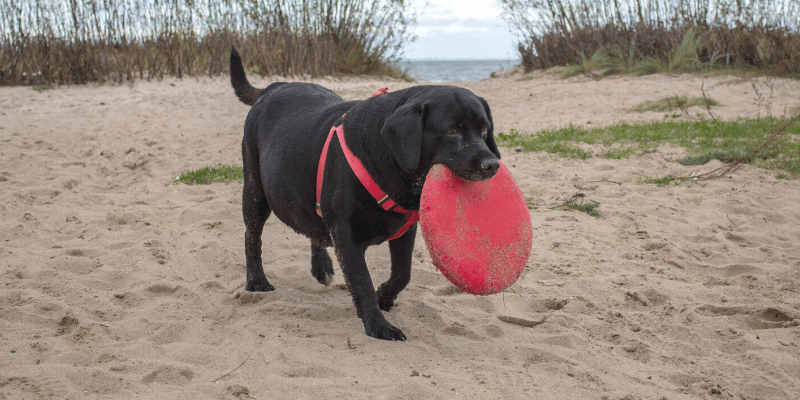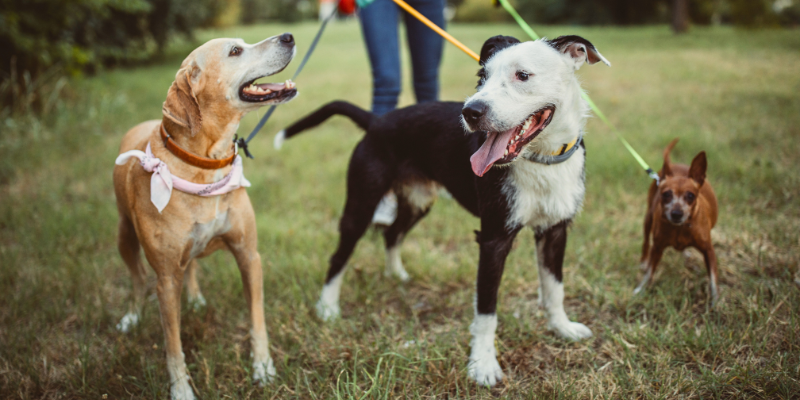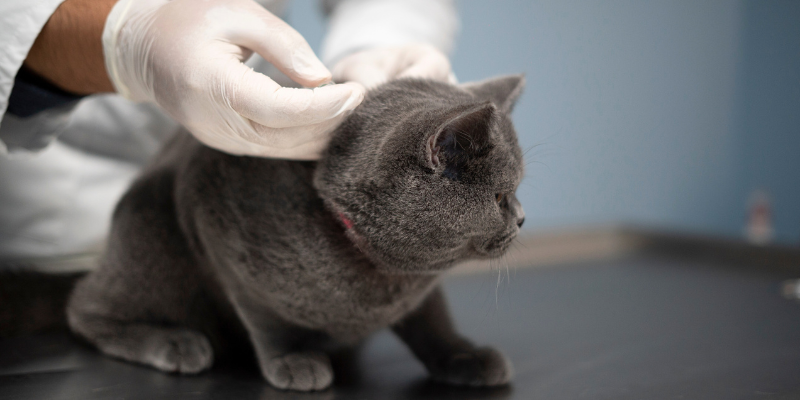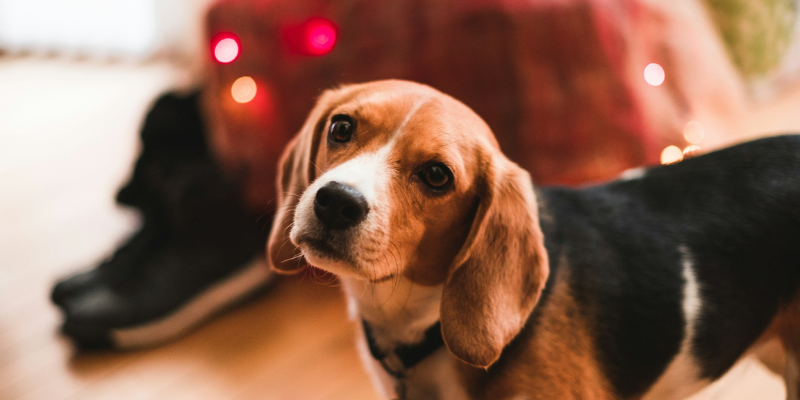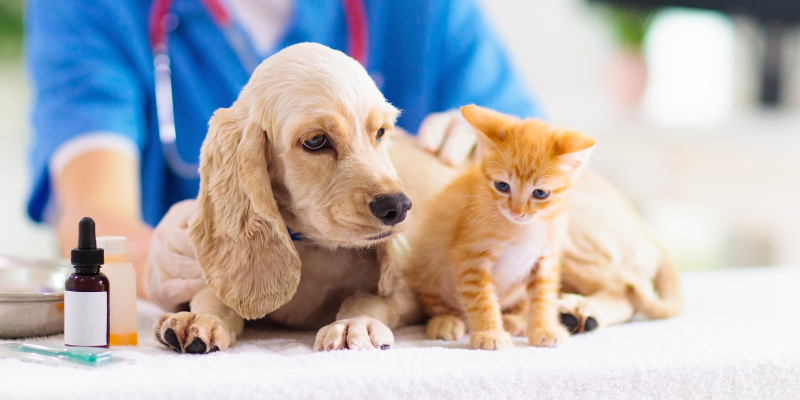[et_pb_section fb_built=”1″ _builder_version=”3.22″ custom_padding=”0px|||||”][et_pb_row _builder_version=”3.25″ background_size=”initial” background_position=”top_left” background_repeat=”repeat”][et_pb_column type=”4_4″ _builder_version=”3.25″ custom_padding=”|||” custom_padding__hover=”|||”][et_pb_text _builder_version=”3.27.4″ background_size=”initial” background_position=”top_left” background_repeat=”repeat”]
Did you know that around 50% of dogs and cats are above their ideal healthy weight? It can be really difficult to notice gradual weight gain in your pet when you see them every day!
Why is it harmful for my pet to be overweight?
Unfortunately, being overweight can put your pet at a higher risk of multiple health issues, including:
- Heatstroke
- Diabetes
- Arthritis
- Respiratory compromise
- Heart disease
- Fatty liver disease
- Increased anaesthesia risk
In fact, some long-term weight studies in dogs demonstrated that overweight labradors had a lifespan that was reduced (on average) by one-to-two years, compared to labradors who were in slim body condition.
How can I tell if my pet is overweight?
We will assess your pet’s weight at any general health check, although it’s also a great idea to learn how to use the Body Condition Score to inspect your dog or cat’s body weight, as this can be done at home any time!
How can we help your pet lose weight?
If your pet becomes overweight, it’s a great idea to have them assessed further by one of our vets. Firstly, we can determine their ideal target weight, and create a personalised plan for safe, effective weight loss.
Secondly, we can check your pet for any potential underlying health issues that may be contributing to their weight gain (which must be addressed to allow weight loss to occur), such as hypothyroidism in dogs.
It’s important that any weight loss occurs at a safe rate, with weight loss targets being 1-2% of body weight per week in dogs, and 0.5-1% per week in cats. Weight loss that occurs too quickly can put your pet at risk of malnutrition, and in cats especially, rapid fat loss can cause liver problems.
It’s a great idea to book your pet for weight checks every 3-4 weeks, where we can monitor their progress, and adjust their diet plan as needed. Realistically, it can take 3-12 months for overweight pets to steadily reach their target body weight, depending on their initial weight.
How will weight loss be achieved?
We can recommend a personalised weight loss program for your pet, which consists of:
- Providing a measured amount of prescription weight loss food daily
- Increasing your pet’s daily exercise
- Deciding which lower-calorie treats will fit with your pet’s diet plan
Unless your pet has any specific dietary needs (such as needing a hypoallergenic diet), we recommend using a prescription weight loss food. These diets generally have higher amounts of protein (and fibre for dogs) to help reduce feelings of hunger in your pet, and higher levels of nutrients to prevent them from developing any nutrient deficiencies.
Depending on your pet’s capabilities, we will also recommend an appropriate exercise plan to get them moving more! It’s important that this is done gradually, so that any risk of joint injury, heart or respiratory strain or heatstroke is minimised until your pet’s fitness and mobility improve.
What your pet loses in weight, they’ll gain in health, comfort and quality time with you!
[/et_pb_text][/et_pb_column][/et_pb_row][/et_pb_section]
